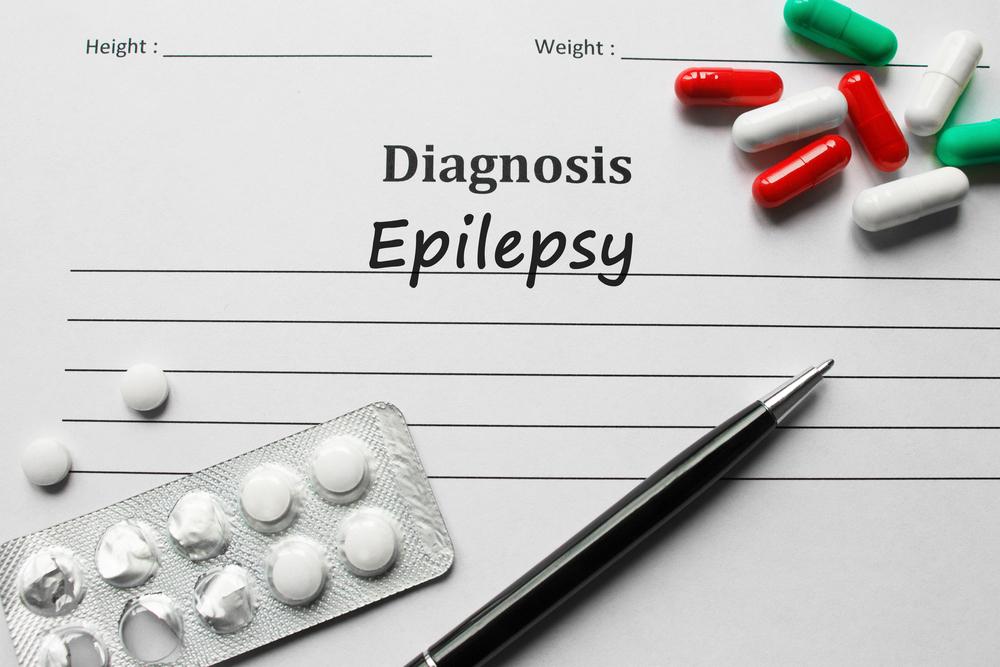Effective nutrition tips to help manage epilepsy
Living with epilepsy can be challenging, and it is essential to know about ways to help manage it in a better way. People suffering from this condition might look for effective ways to stay seizure-free; however, with conflicting information available on the internet, it can be difficult to know what can help ease the condition and what cannot. It has been found that a balanced diet that has the right amount of nutrients from various food groups can ensure that the brain and body function efficiently.

How does diet affect epilepsy?
While no food has been found to trigger an epileptic seizure, a well-planned diet can reduce the risks of seizures by helping one maintain good health. A balanced diet can help provide one with the energy and important nutrients, better sleep, and better stamina for engaging in activities. By following a healthy diet, one can live better, be more positive, and develop a stronger focus, all of which can help control and manage the condition effectively.
Top nutrition tips for living well with epilepsy
- When the body metabolizes fats, it produces ketones. So, following a Ketogenic diet forces the body to utilize more fats for energy production instead of glucose or sugar through a diet that increases fat intake and lowers carbohydrate intake. This diet plan can work in reducing seizures among people, both kids and adults, suffering from epilepsy. But, for this diet to work effectively, one will have to follow it without any breaks. So, the types of food and the respective amounts must be precisely measured. Preparing meals may be a time-consuming affair. However, the Keto diet may not work for kids.
- The MCT diet or medium-chain triglyceride diet is one where people use an oil supplement for their dietary fat intake instead of getting oil from foods. This is why this diet may be easier since one will be free to eat more carbs and proteins and can get fewer fats from food.
- The Atkins diet is a low-carb, high-protein diet plan similar to the Keto diet; however, this diet offers some flexibility in fluid, proteins, and calorie amounts.
- The Low Glycemic Index diet is not as restrictive for people with epilepsy and will not limit one’s protein or fluid intake. One will not have to be very stringent about the amount of fat or calories they consume in this diet. The fat intake in this diet is, however, more as compared to any regular diet, but the carb intake is not restricted.
It is important to eat foods that steadily provide energy and keep one feeling satisfied for a longer time. These usually offer more fiber than foods that help release energy very quickly. For instance, whole-grains; brown rice; oats and oat-based cereals; non-starchy vegetables like broccoli, greens, tomatoes, and onions; and fruits such as pears, berries, and apples should be made a part of the diet. Food that causes sudden energy spurts and then slumps must be avoided, such as non-wholegrain cereals cakes and biscuits, chips and fruit juices, dates, watermelon, white bread, processed foods, and over-ripe fruits.
Epilepsy is experienced differently by everyone. It has been observed that preservatives and colors, artificial sweeteners, and MSG or monosodium glutamate can trigger seizures. Foods that are labeled “low-fat” typically have these and, therefore, must be avoided.
While pomegranate juice and grapefruit juice have not been found to trigger epileptic seizures directly, they can aggravate the side-effects of epilepsy medications. So, it has been recommended that one should avoid these when they are taking medicines to treat epilepsy.
Caffeine, that is present in colas, tea, and coffee, has a stimulating effect on the nervous system and can increase the occurrence of seizures in some people.
It is important to consult a doctor before making any changes to the diet as they will help one manage the condition well.




